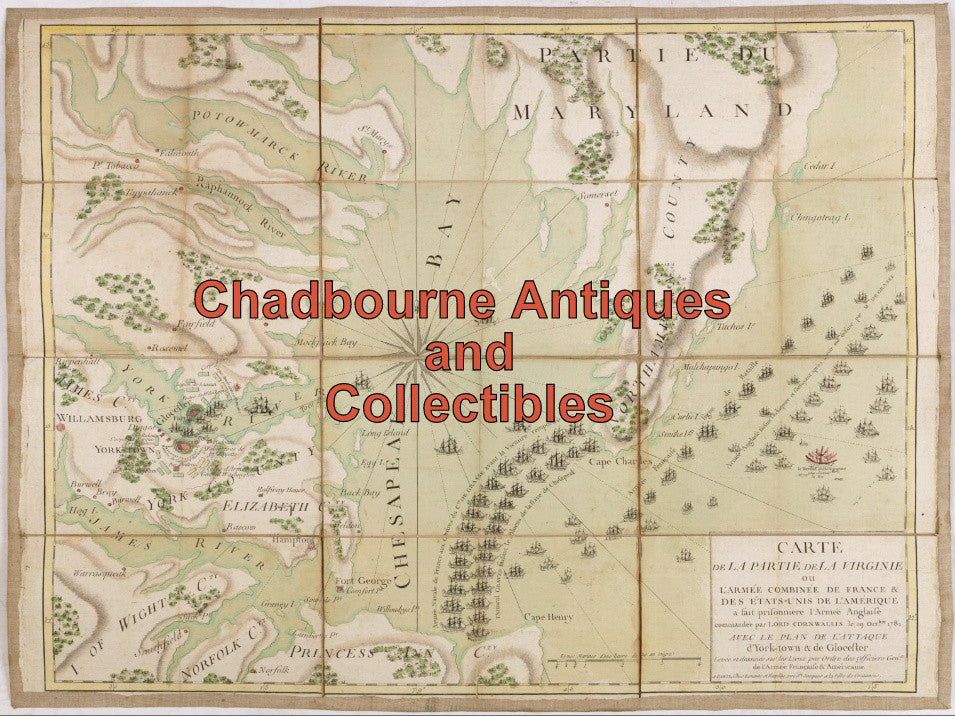$100.00 CAD
| /
RPPC Photo postcard of Pointed Cap (Cheepoostatin) of the File Hills Qu'Appelle Tribal Council. He was a respected elder of the File Hills Cree community in Saskatchewan, Canada, remembered for his longevity and leadership.
Figures like Pointed Cap were photographed during this period, often in staged scenes meant to promote colonial narratives of progress.
Handwritten on negative ‘Pointed Cap Indian File Hills Agency 107 years old Nov. 12 1914’
VELOX photographic paper dates to 1907-1917.
In the 1910s, the File Hills Agency in Saskatchewan was a central administrative and educational hub for several Cree and Saulteaux First Nations, notably marked by the File Hills Residential School and the controversial File Hills Colony experiment.
File Hills Agency oversaw several reserves: Little Black Bear, Star Blanket, Okanese, and Peepeekisis. Located near Balcarres, Saskatchewan, about 100 km northeast of Regina. The agency was part of the broader Treaty 4 territory, signed in 1874 by Cree, Saulteaux, and Assiniboine peoples.
File Hills Residential School
File Hills Colony Experiment
